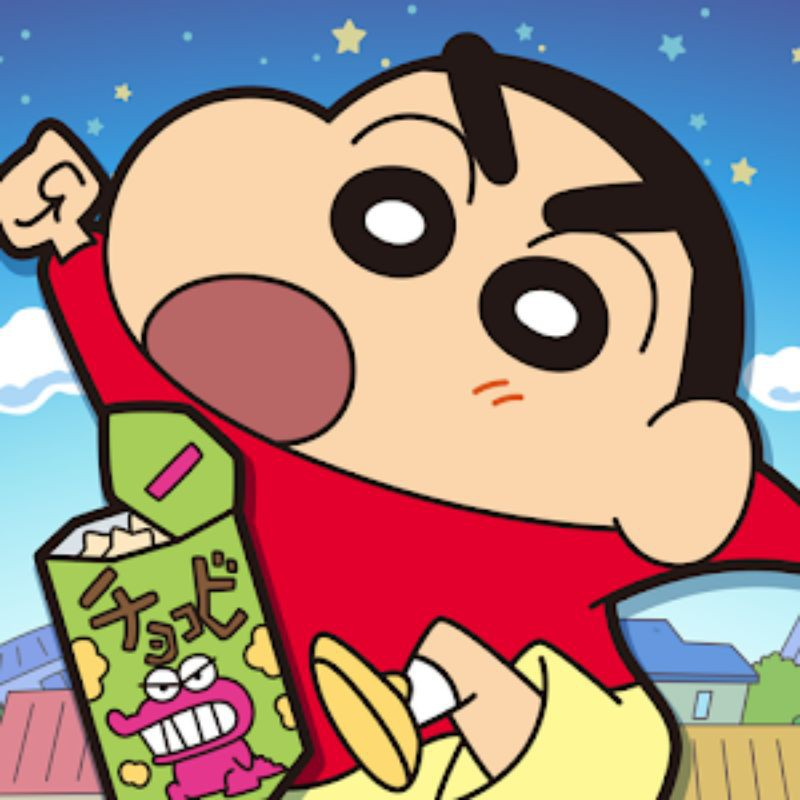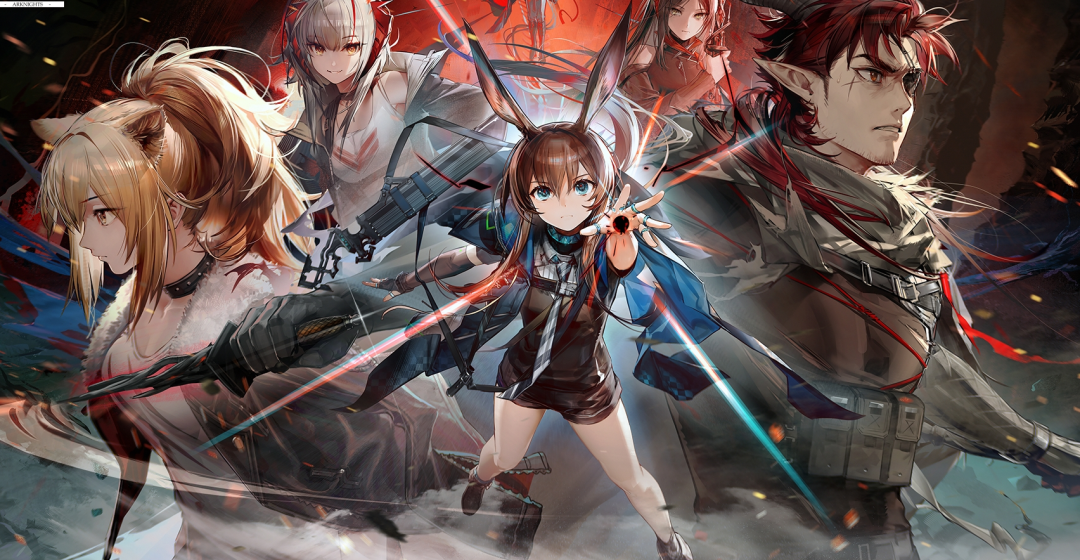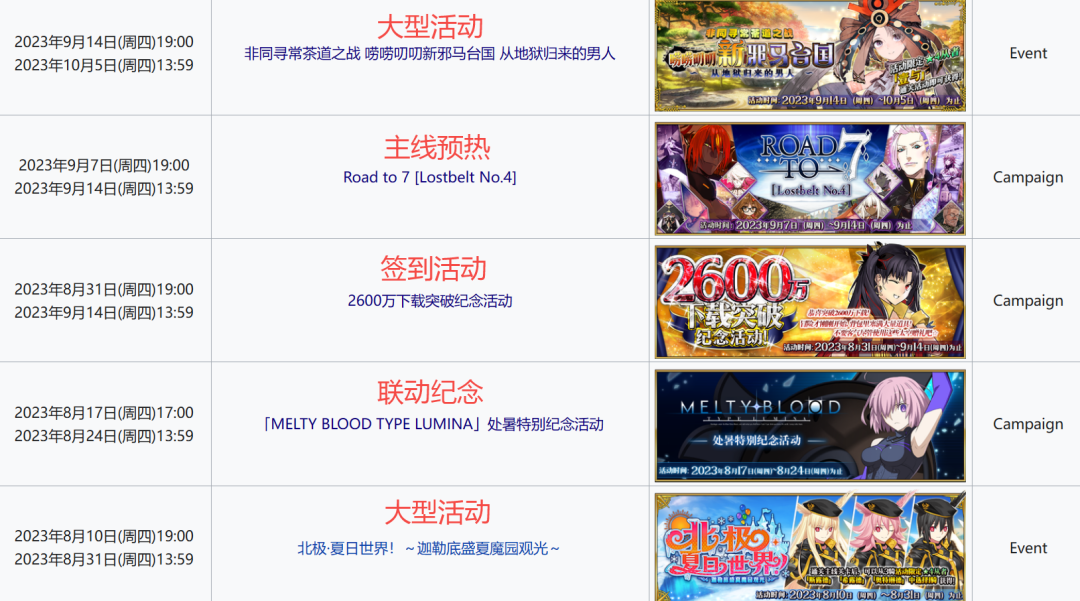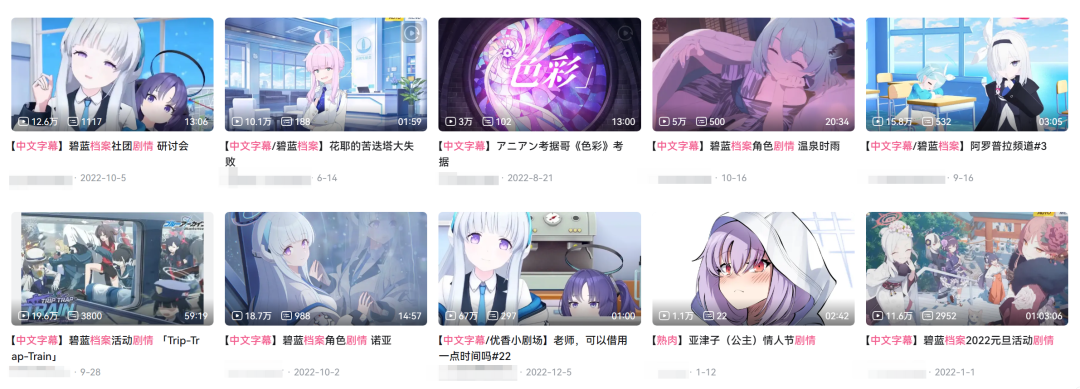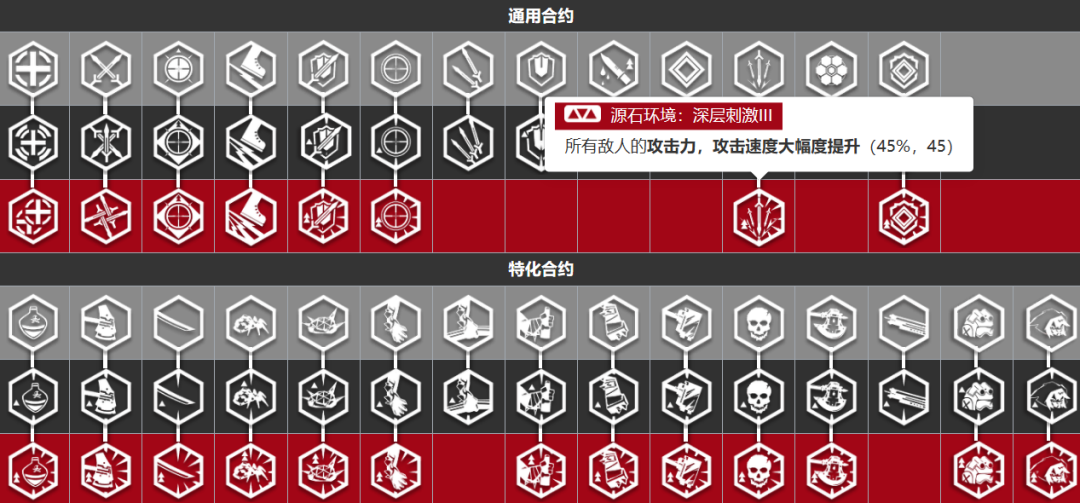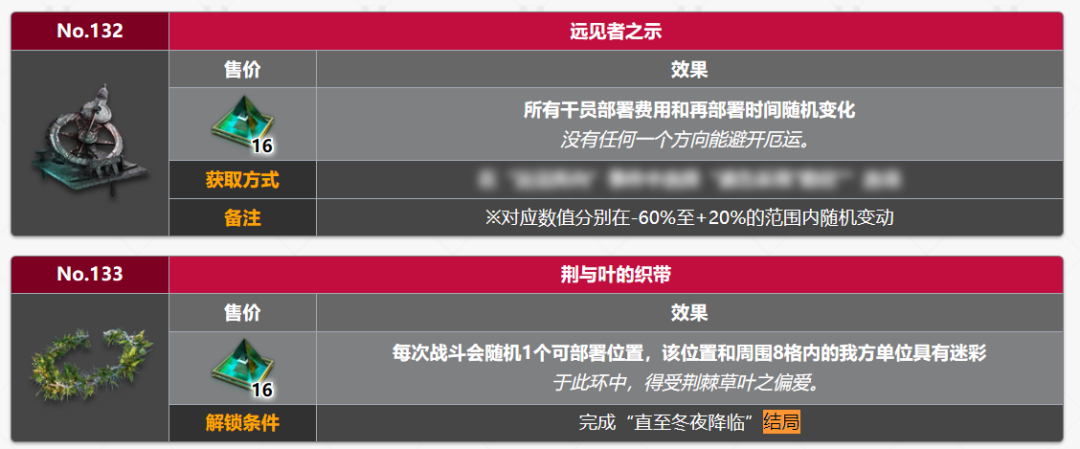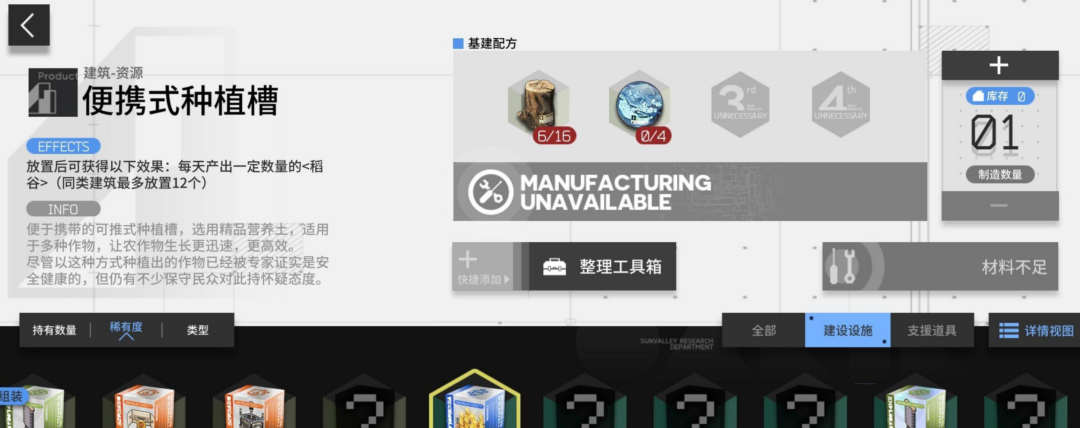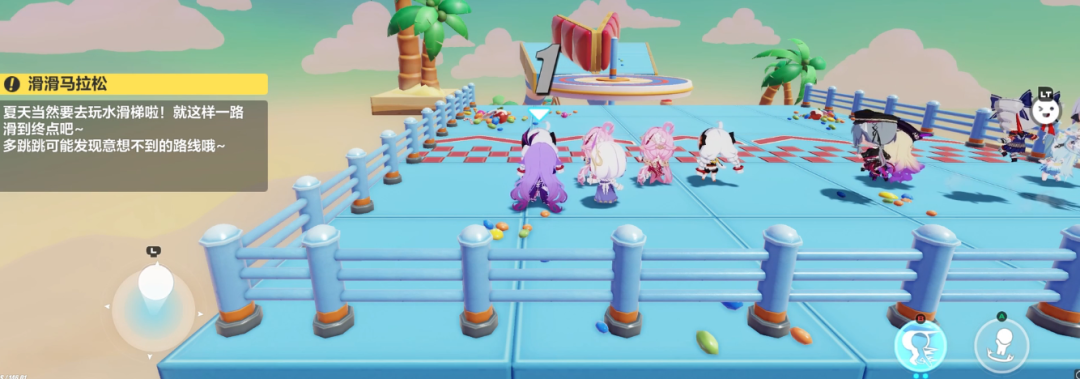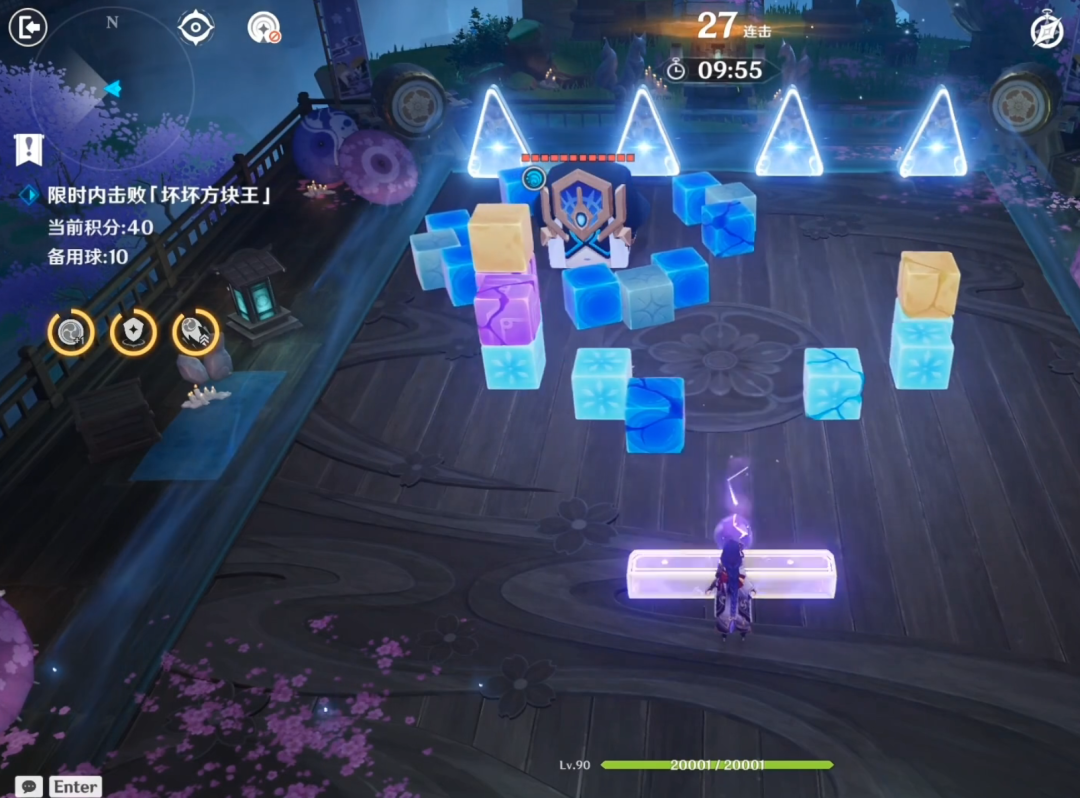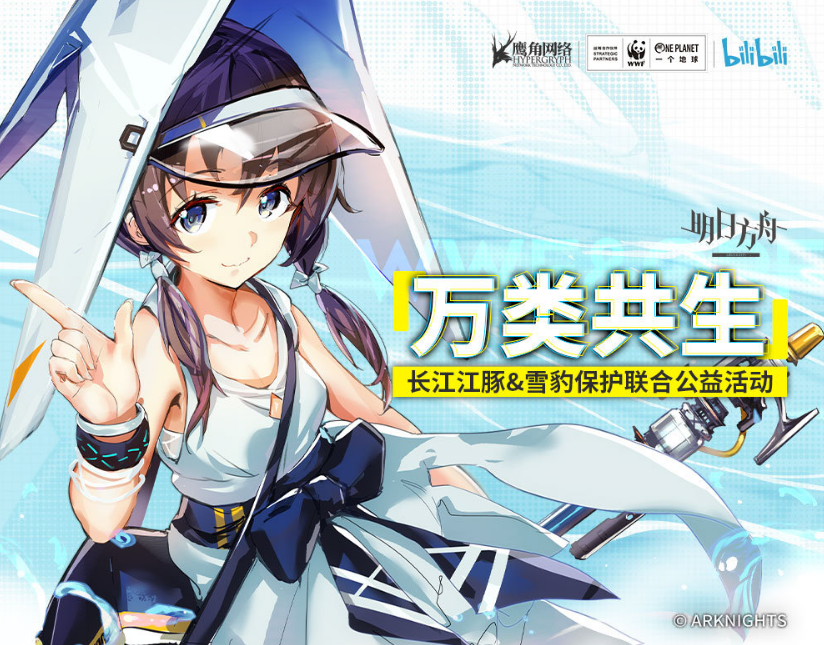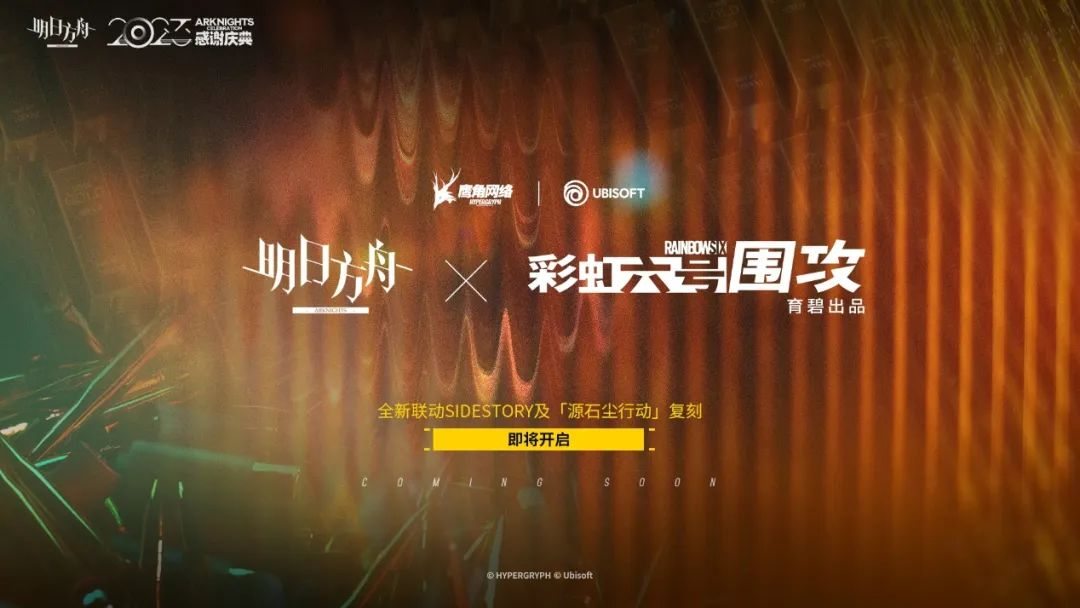Secondary handheld games are no longer a young genre.
I still remember that in the distant 2016, Girls’ Frontier and Yin Yang Shi were launched one after another, and FGO landed in the country immediately afterward. At that time, everyone still stood in the subculture perspective to understand the secondary yuan handball game, thinking that its player group was a narrowly defined secondary yuan enthusiast, a niche group.
And in the not-so-distant 2018, Google for the first time singled out secondary yuan games in its own hand travel report as a major category alongside casual games and MMO games, which surprised many people a little.
The following year, Tomorrow’s Ark was released on all platforms. Another year later, Progenitor came down to earth.
Today, things are very different. The scale of secondary handheld game players has become so large that it is difficult for anyone to simply characterize it. Six or seven years ago, if someone asked “who is playing the second hand game”, with the word “otaku” answer will not be too big a deviation; and now, if someone raises the same question, have to find a market research company to do a year’s detailed investigation, in order to have an accurate answer. A new question arises.
A new question arises: how to keep so many different types of players playing - and playing - three or four years after the launch?
why can you play a secondary yuan handball game for years?
At first glance, this question is too basic, and there should be plenty of previous experience to draw on. But if you think about it, casual games have too short a life cycle (usually three or four months) to be eligible to ask this question; MMO games live a long time, but their social attributes are too strong, and players often stay because of their friends, so their experience can’t be applied to the “weakly social” secondary handheld games.
Or let’s look at it from another angle, why can you play a secondary yuan handball game for years?
The most intuitive answer is: because there is always new content to play. This is, of course, more than true, but when it comes to handheld games specifically, it’s a little more complicated. Buyout single-player games also update their content, usually in the form of DLC, more often than half a year; MMOs and other end-games, too, launch new versions on a six-month to one-year cycle. The second hand game, the “regular activities” to the extreme.
Take FGO for example, its various theme activities are basically seamless. Under normal circumstances, once a month there will be a large-scale themed event containing new levels, plots and characters, lasting two to three weeks. Smaller update events, on the other hand, occur weekly, including check-in events with various names, preview events that set the stage for future mainlines, and commemorative events that link up with other IPs.
In the image above, for example, FGO players spent the entire month of August experiencing the “Arctic - Summer World!” This large-scale themed event began in September with a Buddhist check-in that lasted for 2 weeks, as well as “Road to 7” which was a warm-up for the main story of Chapter 7, and then another large-scale themed event that lasted for three weeks.
The sparse and continuous regular events have become an unchangeable ancestor of secondary handheld games. The concept of the “grass growing period” has also been developed, where even if the game’s activities are stagnant for a month, players will be at a loss as to what to do and feel that the grass is about to grow.
In fact, the significance of regular activities goes beyond “giving players something to do”. In previous years, secondary handheld games often advertised themselves as a “catch-up experience”: large-scale themed events were usually accompanied by a large number of updates to the plot or character stories, which sparked discussion and even secondary creation in the community. Players who have been playing a game for a long time are like viewers who are following the same drama, they have something to talk about all the time - this not only retains old players, but also attracts new ones.
This aspect of the “Azure File” is a typical success story, 2021 began, I saw my friends in the QQ group every day to discuss it, it can be said that every time you update the plot or activities to come out to chat for half a month, so that I am more familiar with the Nichifumi, Shiraito, Yuuka these little girls than colleagues. Eventually the national service on-line, I obediently was transformed into a new player.
The Azure Files” before the launch of the foreign service has already relied on the activities of the plot in the video site has a low degree of heat
In addition to the frequency of updates, many secondary handheld games also try to add more new content to the gameplay. Take Tomorrow’s Ark as an example, tower defense, a core gameplay that seems to have little room for expansion, has also been made quite fancy.
The first is the Crisis Contract gameplay, which allows players to add various difficulty wordings - such as increasing the enemy’s offense and defense, limiting the number of their own characters on the field, and so on - in order to obtain more rewards. The same map can be played completely differently with different contracts, and players are free to customize the wordings based on their character’s reserves, which is a far cry from the traditional so-called “high difficulty levels”.
There’s also Integrated Strategy, which is pure Roguelike gameplay: there’s a permanent death mechanic, where the player has to regroup once the game is lost; there are randomly-generated levels, where the player encounters very different enemies each game; and there are replayable Collectibles, which provide benefits but require the player to fulfill various conditions to unlock them. They provide benefits but require players to fulfill various conditions to unlock them.
Some collectibles are unlocked by reaching a specific ending.
In addition, Tomorrow’s Ark also experiments with a simulation strategy-centered habitat algorithm that allows players to play cooperatively with each other.
The farming mode of Bio-Arithmetic
For more expandable 3D games, there’s even more that can be done. Starting with Crackdown 3, Miha Tour has been keen to include various mini-games in its regular campaigns, such as the breakout variety gameplay of Crackdown Bean Man, as well as Monopoly, Flight Shooter, Tower Defense, and other modes of play that are very different from the game itself.
Wipeout 3’s “Wipeout Bean Man”
The same applies to Harajuku God: the parkour game “Shen Gong Tian Qiao,” which supports customization of levels, the tower defense game “Organ Chess Tan,” the audio game “Leap Beat Response,” and the brick-breaking game “Akitsu Hajime.” ……
Most of the new gameplay in Harajinkami and Crackdown 3 doesn’t stay in the game as an inherent pattern, though, but rather is (temporarily) declared gone once the event is over.
The beauty of this approach is that for a game that has been running for several years, the addition of new gameplay doesn’t necessarily make players buy it. After all, like we said at the beginning: the player base of secondary handheld games is now so large and complex. It’s hard for a new playstyle to keep all the players already there happy.
But if the developers are afraid to move forward because of this complexity, and only do the gameplay content that has already been proven, repeating the sad cycle of the “skinned hand tour” of many years ago, can it really make the players satisfied to play for 10 years?
The Original God and KFC linked up
Excellent new in-game content can retain old players, but in order to continue to win the hearts of new players after three or four years on the market, it is necessary to rely on a lot of factors outside the game, such as the community atmosphere and external publicity.
Let’s start with external publicity: in 2021, The Original God and KFC linked up, and the shameful slogan of “meet in other worlds and enjoy the food” echoed throughout KFC stores, and various terrier pictures, emoticon packs, and secondary creation segments derived from it echoed throughout the Internet. Proto-God players traded in their social deaths for an explosive circle-breaking.
The linkage and even promotional strategies of “Proto-God” have since followed a similar tenet - go to restaurants, go to tourist attractions, go to the most common places for the general public. Today, it’s hard to argue that the fact that ProtoGod has the widest player base of any secondary handheld game has nothing to do with it - even people who don’t play the game at all have more or less seen ProtoGod’s promotional materials on the streets.
Linking up with popular brands isn’t the only form of linkage. Tomorrow’s Ark has gone the other way: it has chosen brands that share a similar tone and style - even if the target is not so popular.
As we’ve reported before, Tomorrow’s Ark and the World Wide Fund for Nature (WWF) had a partnership, launching a character based on a porpoise, with all proceeds from the campaign going to the WWF. More recently, Tomorrow’s Ark has linked up with National Geographic China to launch several fashions. Both of these link-ups are related to animal protection, and the acceptance of the player base has been high, with basically no negative public opinion - after all, the animal elements of Tomorrow’s Ark are deep in its bones, and most of the characters that players have carefully cultivated have their own animal archetypes.
In addition to this, Tomorrow’s Ark has also been linked with Monster Hunter and Rainbow Six. These IPs have special themes, yet maintain subtle stylistic consistency and a considerable degree of overlap in the player base. In the live broadcast not long ago “Tomorrow’s Ark” also announced the second linkage with R6, both a replica of the last linkage and a new linkage story, so it can be seen that the last time was good.
Speaking of Tomorrow’s Ark, it’s also good to talk about the appeal of the community atmosphere to new players. Our longtime readers may still remember that Yu Yansha has actually written quite a few analysis articles on this game, and my own first Tomorrow’s Ark article mentioned that it has an inclusive community atmosphere for its fellow players.
This kind of inclusive community atmosphere is not only in the community of peers, the entire Tomorrow’s Ark creator community ecology is quite good. The creators have a healthy feedback relationship with the officials - starting in 2021, the Terra Exploration Society will organize an offline exchange every year, inviting a number of creators to participate.
The first year’s offline exchange was held in an art gallery, and the officials framed the creators’ masterpieces and displayed them as artwork, which made quite a few of the creators quite touched.
A good community atmosphere also means a lot to new players. Tomorrow’s Ark has tons of strategy videos, and there are a variety of different configurations for any event or level, which greatly lowers the difficulty threshold for tower defense play. I benefited a lot from this during my newbie days, and if there weren’t so many players willing to create strategy videos, it’s hard to say if I would have dropped out of the game because of a difficult level before my character lineup was formed.
what does a secondary handheld game have to do in the end in order to let players play for 10 years
Having said all this, it still seems difficult to answer the question at the beginning of the article: what does a secondary handheld game have to do in the end in order to let players play for 10 years. All the “routines” seem to have several directions: to do new content, can be a high frequency of plot updates, can also be the continuous expansion of the existing gameplay, can also be a small game simulator; to do publicity, and the popular brand linkage is very good, and the style of similar niche IP cooperation is also good … … …
The ideal would be “I want it all”, but even a game like Progenitor, which has plenty of resources, can only go in a few of these directions. Honestly, it’s fine if a game doesn’t last a decade, most games in the world don’t. But as a gamer, I hope that developers continue to strive for this - to take what’s right, and only get what’s right. If a game is going to run for 10 years, whether or not it can actually achieve that goal, at least in the moment, it’s going to give me peace of mind.
